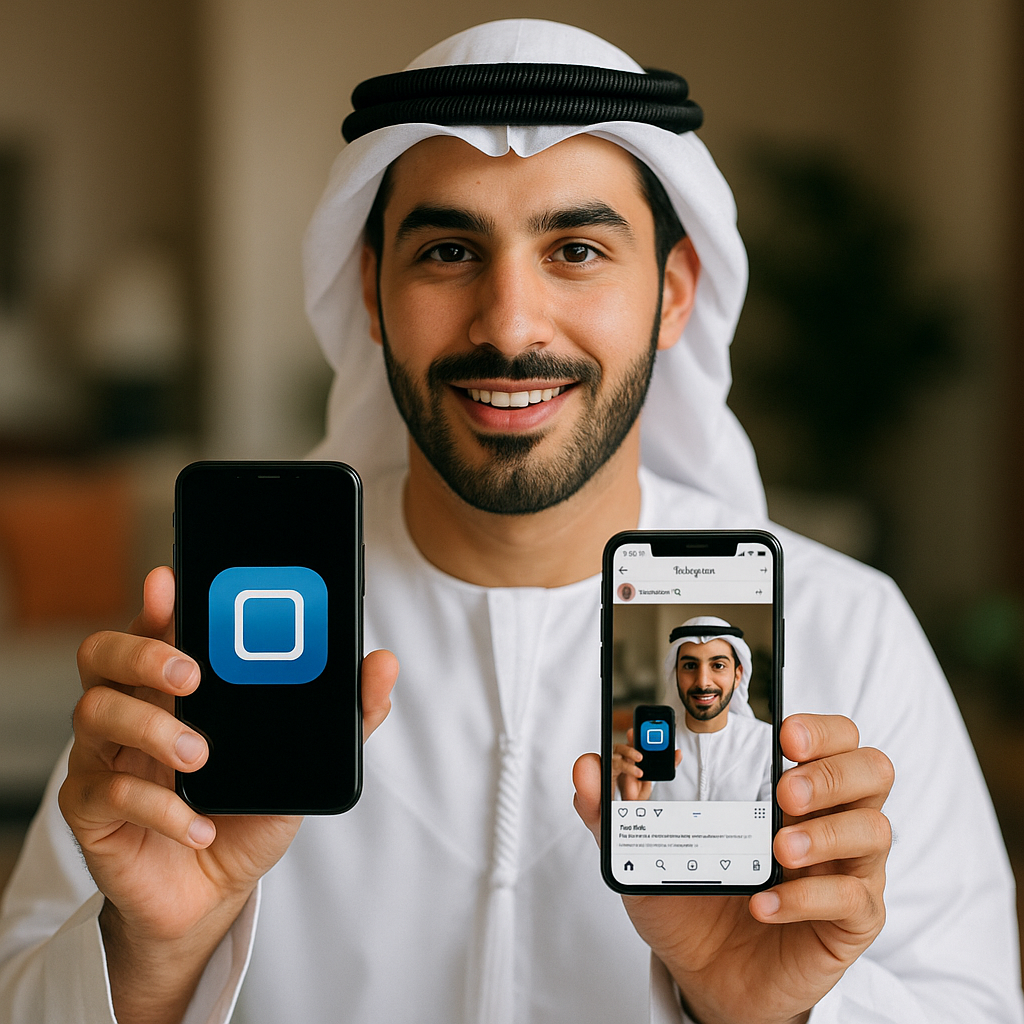The Role of Influencer Marketing in App Growth in MENA
In recent years, influencer marketing has emerged as a powerful tool for driving app growth in the MENA (Middle East and North Africa) region. With a high percentage of the population engaging in social media, influencers have become key players in promoting apps and enhancing user engagement. This article will explore how influencers boost app installs across MENA, the challenges they face, and the future of influencer marketing in this rapidly growing market.
Understanding Influencer Marketing
Before diving into its role in app growth, it’s essential to understand what influencer marketing is. Essentially, it’s a form of marketing that focuses on using key leaders to drive a brand’s message to a larger audience. Rather than marketing directly to a large group of consumers, influencers build trust and credibility, helping to foster a more authentic connection with potential users. For more information on this, check out what content marketing entails.
The MENA Landscape
The MENA region is unique due to its youthful demographic and rapid technological adoption. According to reports, around 40% of the population in MENA is under the age of 25, making them highly active on social media platforms. This demographic is not only tech-savvy but also heavily influenced by trends and recommendations from social media personalities.
For businesses looking to grow their app installs, tapping into the MENA influencer market is vital. As users increasingly rely on recommendations from those they trust, influencers serve as a bridge between brands and potential users.
How Influencers Boost App Installs
Influencers play several significant roles in driving app installs:
1. Authentic Recommendations
When an influencer shares their experience with an app, it often resonates well with their followers. Authentic recommendations can lead to increased curiosity and, eventually, installs. This personal touch builds trust that traditional advertising often lacks.
2. Targeted Reach
Influencers usually have a specific niche or audience they cater to. This allows businesses to reach their target demographic effectively. For example, a gaming influencer can promote a gaming app directly to their audience, ensuring that the message gets to the right people. To explore more about the effectiveness of targeted marketing in the region, check out this article.
3. Engaging Content
Influencers are skilled in creating content that captivates their audience. Their posts, stories, and videos showcasing apps can be visually appealing and entertaining, increasing the likelihood of shares and engagement. This organic reach can outpace traditional ads, leading to higher installs.
4. Use of Multiple Platforms
Influencers often operate across various social media platforms, including Instagram, TikTok, YouTube, and Snapchat. This multi-channel approach increases visibility for the app in different user contexts. Brands benefit from the diversity of platforms, reaching potential users wherever they spend their online time.
5. Leveraging Trends
Influencers are usually in tune with current trends and challenges in their niches. By aligning app promotions with trending topics, influencers can create timely and relevant content that encourages their followers to engage and install the app.
Challenges Influencer Marketing Faces in MENA
While the benefits of influencer marketing are evident, there are challenges that brands need to be aware of:
1. Authenticity Issues
Not all influencers are seen as trustworthy. Some have faced backlash for promoting products solely for financial gain. It’s crucial for brands to choose influencers carefully to ensure that their promotions feel genuine.
2. Regulatory Challenges
The MENA region has varying regulations regarding advertising and marketing. Brands and influencers need to stay informed about these rules to ensure compliance and avoid potential penalties.
3. Different Cultural Norms
The MENA region is diverse, with varying cultural norms and values across countries. What works in one country might not resonate in another. Brands should have a clear understanding of the cultural landscape to craft effective campaigns.
Future Trends in Influencer Marketing in MENA
Looking ahead, several trends are expected to shape influencer marketing in the MENA region:
1. Micro and Nano Influencers
Brands are increasingly shifting towards micro and nano influencers, who often have smaller but highly engaged audiences. Their closeness to followers can lead to higher engagement rates and lower marketing costs.
2. Video Content Dominance
As video content continues to dominate social media, expect to see influencers using more short-form videos to promote apps. Platforms like TikTok are leading this trend, showing that bite-sized content can have significant impact.
3. Enhanced Collaboration
Influencers and brands are expected to engage in deeper, more collaborative partnerships. This may involve co-creating content, sharing revenue, or even developing products together. Such collaborations can yield more innovative campaigns.
Conclusion
Influencer marketing is set to play an ever-increasing role in app growth in the MENA region. By leveraging authentic relationships, targeted reach, and engaging content, influencers can significantly boost app installs. While challenges exist, brands that navigate these waters effectively will find success in reaching their audience. To learn more about the intersection of content marketing and influencer strategies in the Middle East, check out this insightful article or explore content marketing strategies that work well in the region.













